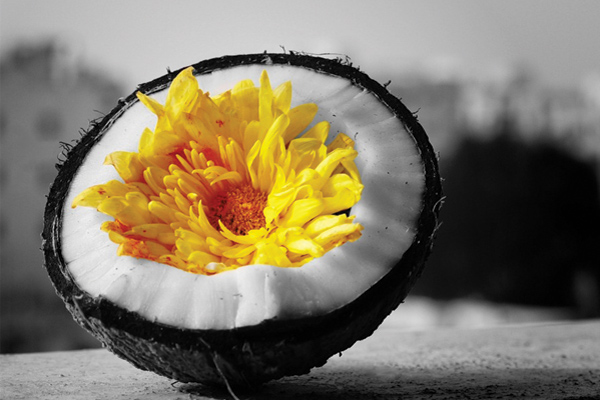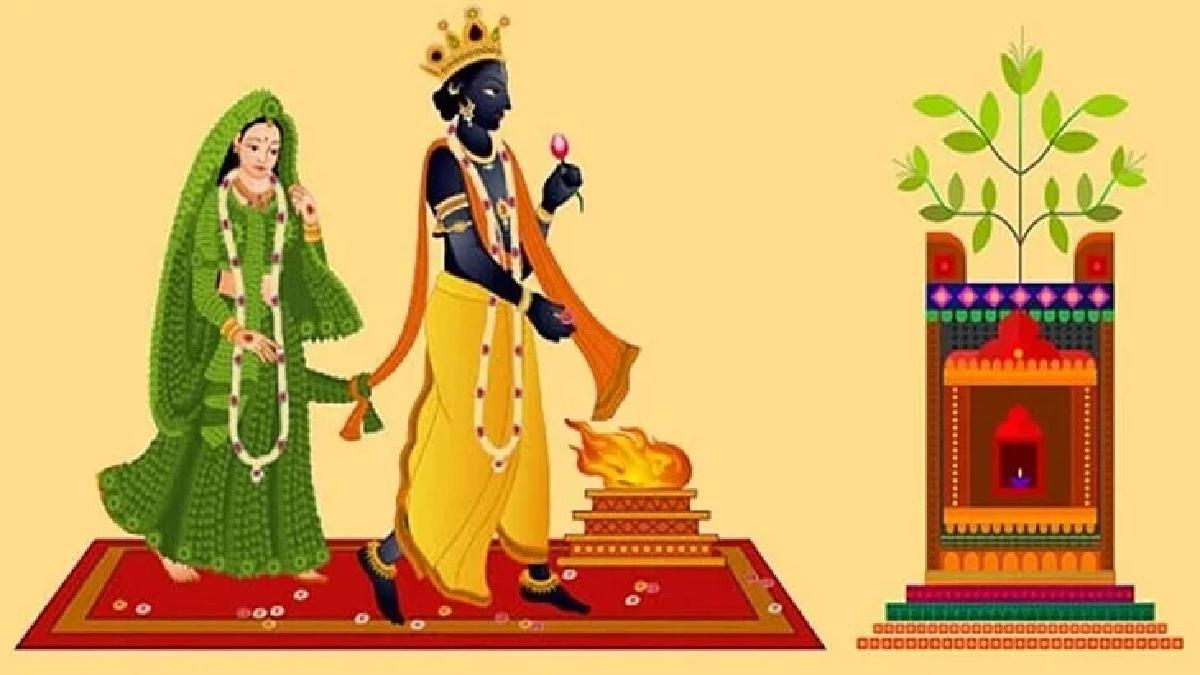Sutak in Hindu Dharma
In Sanatan Dharma, Sutak (सूतक) is a traditional period of ritual impurity observed after certain life events like birth and death in the family. It is associated with both emotional sanctity and physical hygiene, and has practical as well as spiritual dimensions.
🔷 1. What is Sutak?
Sutak is the period of impurity observed:
-
For 10 days after a death in the family (Marana Sutak)
-
For 10 days (sometimes 11 or 12 depending on traditions) after a birth (Janma Sutak)
During this period, family members avoid temple visits, cooking in public feasts, sacred rituals, and touching others or sacred objects.
🔷 2. Scientific or Practical Reasons Behind Sutak
| Tradition | Scientific/Practical Reason |
|---|---|
| 🔹 Isolation after death | Prevents spread of infection from a possibly diseased body. |
| 🔹 Isolation after childbirth | Protects mother and newborn from infections when immunity is low. |
| 🔹 Avoiding temples/rituals | Respects the emotional and energetic transition (mourning or postpartum). |
| 🔹 No cooking in public/community kitchens | Limits contamination from family that may carry infections. |
| 🔹 No sacred touch or recitations | Emotional grounding—one is not in a balanced state for spiritual activities. |
In older times, knowledge of microbes was not available, so Sutak served as a hygienic quarantine and mourning period.
🔷 3. Do's and Don’ts During Sutak
✅ Do’s:
-
Perform daily shraddha (for death-related Sutak)
-
Keep the house and oneself clean
-
Rest and avoid overstimulation
-
Limit food intake to simple satvik food
-
Maintain emotional calm and prayers at home
❌ Don’ts:
-
No visits to temples or holy places
-
No attending of auspicious ceremonies (weddings, pujas, etc.)
-
Avoid touching idols or holy books
-
Don’t cook or serve food for outsiders
-
Avoid shaving or haircuts
-
Avoid public gatherings
🔷 4. What If Sutak Is Not Followed?
If someone does not follow Sutak, especially knowingly:
-
It is believed to affect mental balance, spiritual energy, and family karma
-
In some texts, it may delay the proper journey of the departed soul
-
Energetic imbalance in the home environment is also believed to occur
🔷 5. Remedies and Rituals in Case of Default
If Sutak was not followed properly or was missed:
A. For Janma Sutak (Birth)
-
On the 11th day: Perform Shuddhi Karma (cleansing rituals)
-
Take snan (bath) and purify the house with Gomutra, Ganga Jal, or cow dung
-
Light a lamp in front of God and chant Sudarshan or Mahamrityunjay mantra
B. For Marana Sutak (Death)
-
Perform Pind Daan, Shraddha, or Tarpan if missed
-
Recite Garuda Purana for peace of soul
-
Perform Gayatri Havan or Ganga Jal Abhishek
-
If you participated in any puja unknowingly, do Prayaschitta (repentance) mantra and donate food or clothes
🔷 6. Spiritual Significance
-
Detachment from routine activities
-
Reflection on birth and death cycles
-
Respect for the transitions of life
-
Ensures energetic purity for the individual and community
🔷 7. Common Sutak Durations
| Event | Sutak Period |
|---|---|
| Birth of child | 10–12 days |
| Death of elder | 10 days (some follow 13 days) |
| Death of child | 3–5 days |
| For Sages or Saints | No Sutak (they’re considered spiritually liberated) |
🔷 Conclusion
Sutak is more than superstition—its roots lie in health, emotional healing, and spiritual hygiene. While many in modern times may skip it, understanding the purpose and symbolic depth can help maintain a respectful balance between tradition and practicality.
If you’d like, I can provide sutak rules in Sanskrit with meaning, or a step-by-step list of rituals to follow after death or birth.


